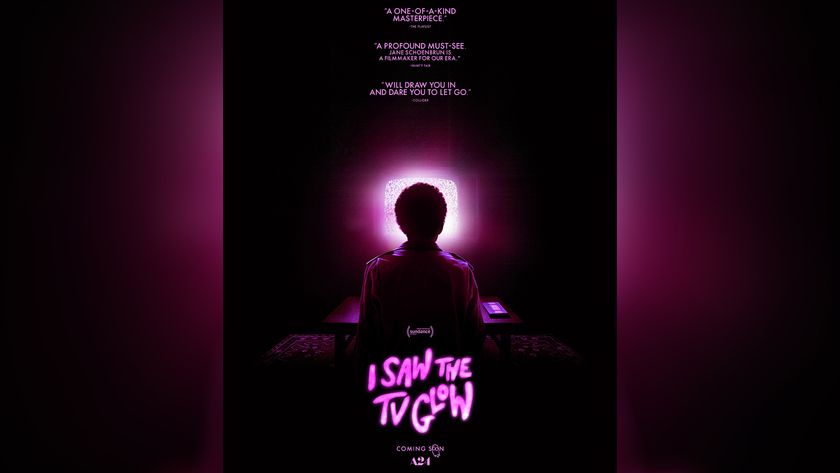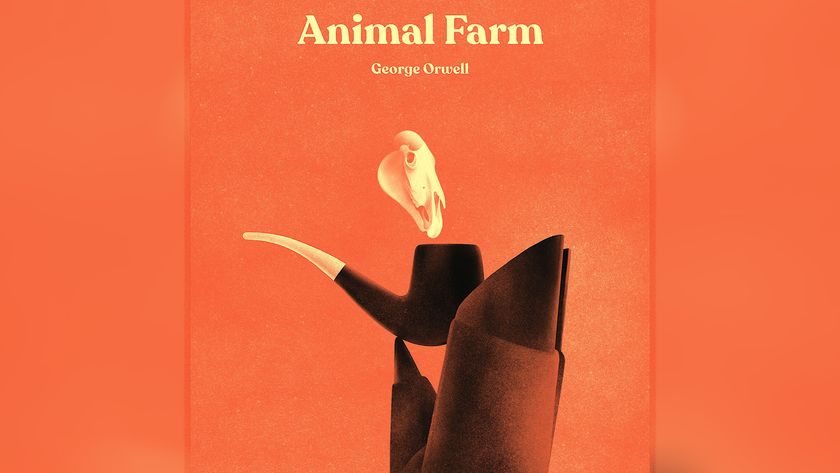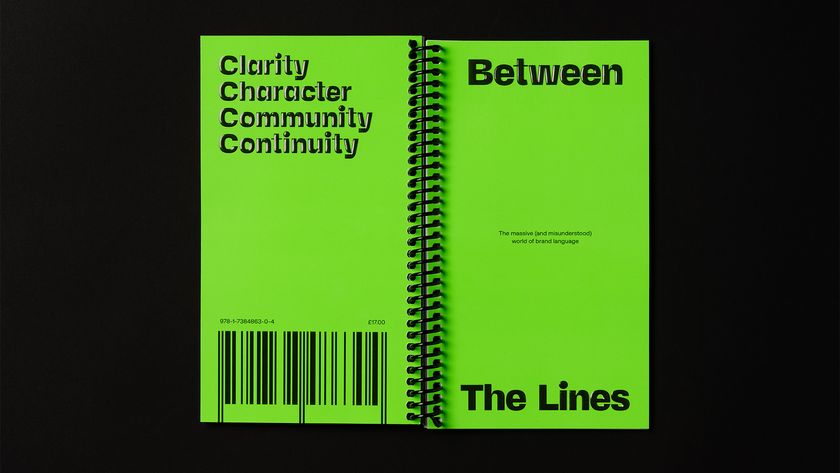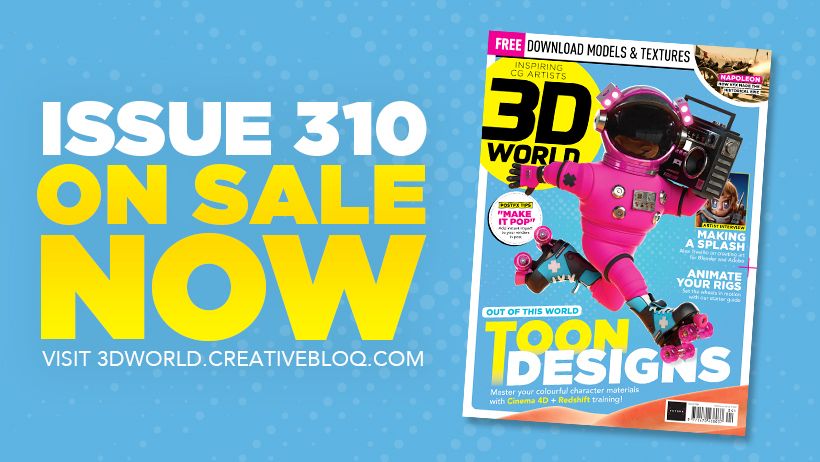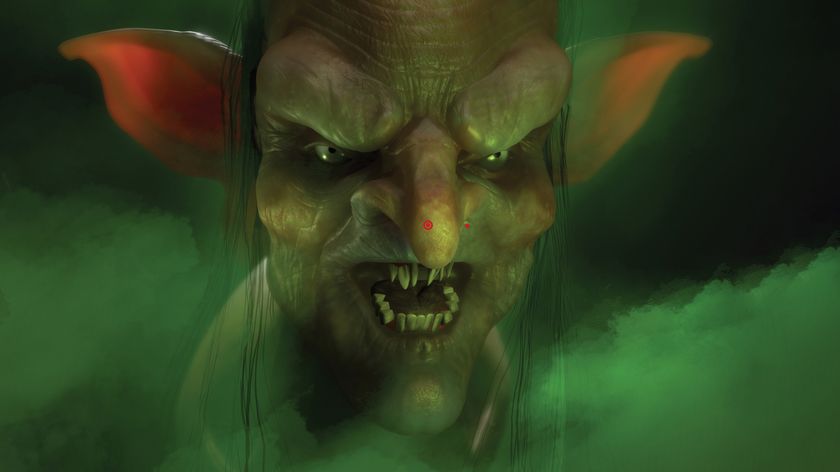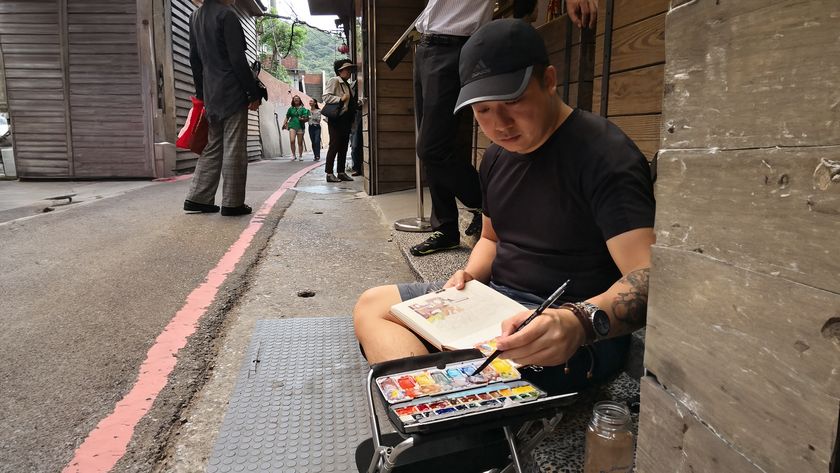Pablo Berger on learning how to learn
Pablo Berger’s pursuit of knowledge has taken him from his native Mexico to Spain, Switzerland and everywhere in-between. Here, the designer and art director tells us why he’s on a life-long quest to ignite discussion.
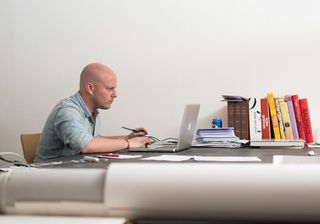
Ask Pablo Berger to pick a project that best defines his practice and he doesn’t aim low. The piece? A floor design for La Sagrada Familia, Barcelona’s famously unfinished architectural masterpiece. “The building sums up everything that I believe creation and design to be,” explains the Mexico-born designer and art director.
Berger began his complex cathedral floor project as the thesis for his MFA at Switzerland’s Basel School of Design. The work now exists in a book and occupies a dedicated section of Berger’s website. Whether his particular design will be implemented in Antoni Gaudí’s 132-year labour of love is a matter of “time, politics and priorities” – but Berger, like the divine client of the deeply religious Catalan architect Gaudí, is in no rush.
Q: What do you find so fascinating about Gaudí’s work?
I grew up surrounded by Gaudí’s art. There is something about it that seems to be so incredibly perfect in every way. He understood how to create through a very elegant conceptual string, while still allowing the work to be compelling and rooted in emotion. You can enjoy his work on so many levels, and all of them are equally relevant and resounding.
Q: How does your work for La Sagrada Familia inform the rest of your craft?
When confronted with a creative problem, you’re dealing with three core elements: structure, function and symbolism. Whatever solution you come up with should fit perfectly into these three problems, or questions. It’s like a system to check whether you’re on the right path.
The Sagrada Familia project allowed me to execute every decision through this approach. It was through this work that I truly learned this, and I’ve applied the system to every project since. The solutions I came up with for the floor allowed me to organically develop how it looks, why it looks like it does and what it contains. It remains the one project that has most deeply defined my approach, and my outlook on life and work. I will be forever in debt to Gaudí, his building and his enviable intellect.
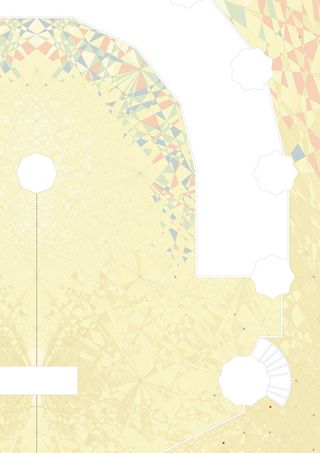
Q: How has your international background affected your design aesthetic?
Travelling is crucial to me. I’m unable to separate my professional life from my personal life. They’re intertwined to such a degree that they exist as one, single Pablo. Anything and everything I experience expands or hinders what I create. It’s not only an issue of living in different places and cultures, it’s also about travelling in and of itself.
I’ve travelled as much as I can since my early teens. Sometimes for a few weeks; other times for over a year. In doing so I’ve become more aware of other means of creating, as well as differing behaviours, philosophies and means to understanding life.
Anything and everything I experience expands or hinders what I create
The latter is the most important thing you can gain as a creative: the more you experience the world and how others assume it, the more you understand yourself – and the better prepared you are to digest information, needs and concepts, and give it all some kind of meaningful form.
I never really travelled or moved from one city or country to the other with these notions in mind. I just did it out of an inexplicable urge – having itchy feet, as they would say in Mexico. It’s a lucky coincidence.
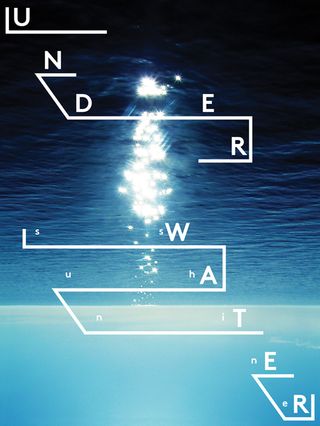
Q: What are you working on at the moment?
The identity for a new organisation that rents equipment, instruments, production assistance, music studios, rehearsal rooms and several other services to both amateur and professional musicians in a single, grand building.
This organisation also has a restaurant, bar and live music venue. It’s all interconnected. The identity we’re developing for them will also allow us to perform architectonic interventions, digital applications and a mountain of printed matter, all in the context of the core identity system that’s being devised.
Q: What’s the most rewarding creative experiment you’ve ever undertaken?
It would have to be the modular unit I ended up creating and implementing as one of the basic components for the Sagrada Familia floor. It came from a personal exploration I’d been performing, on and off, for a few years.
When I began the initial work for the floor I came to a point where I was stumped as to how to approach such an enormously ambitious project. I knew what had to be expressed and transmitted, I just didn’t know how. Then I realised that my experiments in modular units could help: the idea addressed all of the core problems in a very elegant and beautiful manner.
As I began applying it to the floor, the experiment continued and brought with it great results. This doesn’t mean that the experiment has stopped. It allowed me to find one of the solutions for the project, but the project itself furthered the experiment and I doubt I’ll ever be done. There are so many more things that can be performed through this.
Q: What does ‘success’ really mean to you as a designer?
I think a designer, whether he knows it or not, is composed of two very unique drives: learning how to learn, and the creation or dissemination of ideas. So I suppose that an ‘I’ve made it’ moment will come the day I’ve truly learned how to learn, and when my ideas are shared among the largest amount of people possible. Then, my ideas won’t be solely mine anymore; they belong to ‘us’.
I suppose that an ‘I’ve made it’ moment will come the day I’ve truly learned how to learn
They’ll evolve, change and hopefully offer someone else insight into a particular emotion, concept or – fingers crossed – realisation. One of these two drives is impossible to truly achieve though. I don’t think you ever fully learn how to learn: it’s a never-ending process.
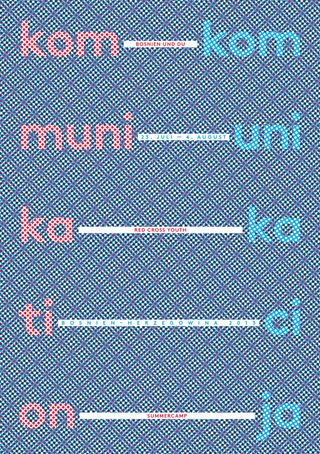
Q: Career-wise, what’s next? In what direction do you see yourself going?
Learning how to learn is a life-long deal, so I won’t be done until I’m seeing turnips from the wrong side of the ground. I want to be as proficient as possible in being an ‘everythingologist’. I don’t know what direction I’m headed in, and that’s not only fine, it’s preferable.
Learning how to learn is a life-long deal
It makes everything more exciting and fresh, and it helps me avoid finding myself one day stuck in a comfortable little rut, unable to advance at all. I want to open new areas of work through new clients, collaborations and unexpected content, and push the boundaries between disciplines even further.
Mexico-born Pablo Berger is a designer and art director based in Basel, Switzerland. The 2012 ADC Young Gun winner counts the Swiss Red Cross and Shanghai Biennale among his clients, and recently started a new studio called berger+stadel+walsh.
This article originally appeared in Computer Arts issue 219
Liked this? Read these!
- Our favourite web fonts - and they don't cost a penny
- Illustrator tutorials: amazing ideas to try today!
- Download the best free fonts

Thank you for reading 5 articles this month* Join now for unlimited access
Enjoy your first month for just £1 / $1 / €1
*Read 5 free articles per month without a subscription

Join now for unlimited access
Try first month for just £1 / $1 / €1
Get the Creative Bloq Newsletter
Daily design news, reviews, how-tos and more, as picked by the editors.
The Creative Bloq team is made up of a group of design fans, and has changed and evolved since Creative Bloq began back in 2012. The current website team consists of eight full-time members of staff: Editor Georgia Coggan, Deputy Editor Rosie Hilder, Ecommerce Editor Beren Neale, Senior News Editor Daniel Piper, Editor, Digital Art and 3D Ian Dean, Tech Reviews Editor Erlingur Einarsson and Ecommerce Writer Beth Nicholls and Staff Writer Natalie Fear, as well as a roster of freelancers from around the world. The 3D World and ImagineFX magazine teams also pitch in, ensuring that content from 3D World and ImagineFX is represented on Creative Bloq.

